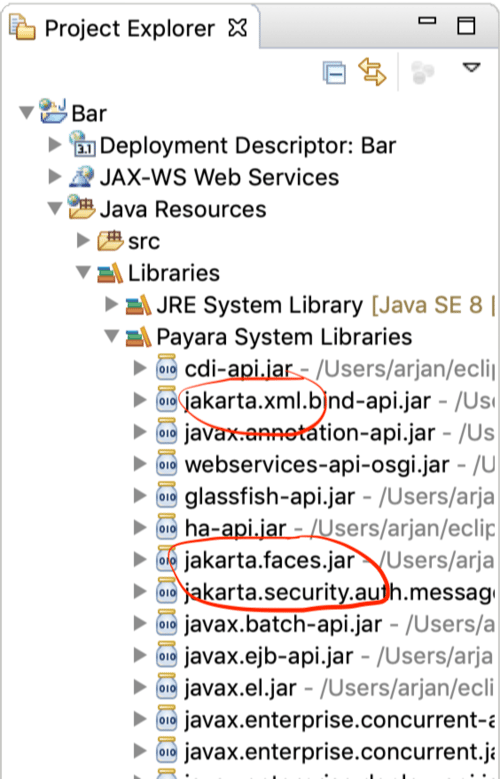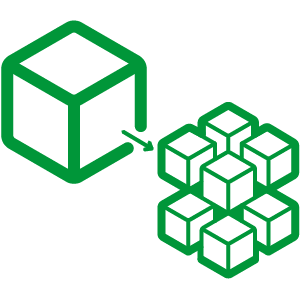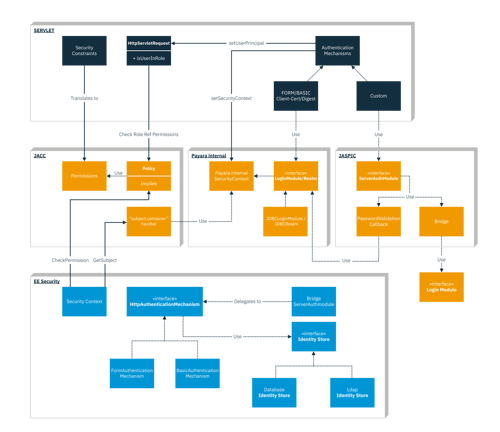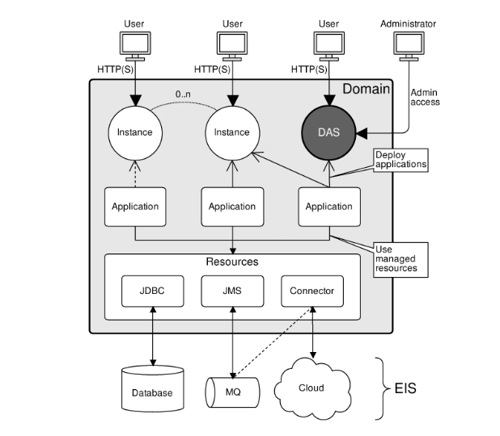Archive from April 2019
The Payara Monthly Roundup for April 2019
Published on 30 Apr 2019
by Jadon Ortlepp
Topics:
Microservices,
MicroProfile,
JakartaEE,
news and events,
Payara Platform
|
1 Comment
Hello and welcome to the second issue of our monthly round up where we feature a curated list of interesting articles and videos created by the community that we have enjoyed and found interesting. Cant wait until the end of the month? then visit our twitter page where we post all these articles as we find them!
Payara Tools 1.0 - New and Noteworthy
Published on 23 Apr 2019
by Arjan Tijms
Topics:
New Releases,
Payara tools
|
13 Comments
Microservices for Java EE Developers
Published on 18 Apr 2019
by Fabio Turizo
Topics:
Payara Micro,
Microservices
|
13 Comments
Nowadays, the concept of microservices is more than a simple novelty. With the advent of DevOps and the boom of container technologies and deployment automation tools, microservices are changing the way developers structure their applications. With this article, our intention is to illustrate that microservices are a valid option for Java/Jakarta EE developers and how Payara Micro is a robust platform to reach that goal.
EE Security in Relation to JASPIC, JACC and LoginModules/Realms
Published on 16 Apr 2019
by Arjan Tijms
Topics:
Java EE,
Security,
JakartaEE,
Java 8
|
2 Comments
Java EE 8 introduced a new API called the Java EE Security API (see JSR 375) or "EE Security" in short.
This new API, perhaps unsurprisingly given its name, deals with security in Java EE. Security in Java EE is obviously not a new thing though, and in various ways it has been part of the platform since its inception.
So what is exactly the difference between EE Security and the existing security facilities in Java EE? In this article we'll take a look at that exact question.
Payara Server管理コンソールの基礎 - #1 概要とコンセプト
Published on 13 Apr 2019
by Kenji Hasunuma
Topics:
Japanese language,
Payara Server 5 Basics
|
0 Comments
The Payara Monthly Roundup for March 2019
Published on 01 Apr 2019
by Jadon Ortlepp
Topics:
Microservices,
MicroProfile,
JakartaEE,
Payara Platform
|
0 Comments





